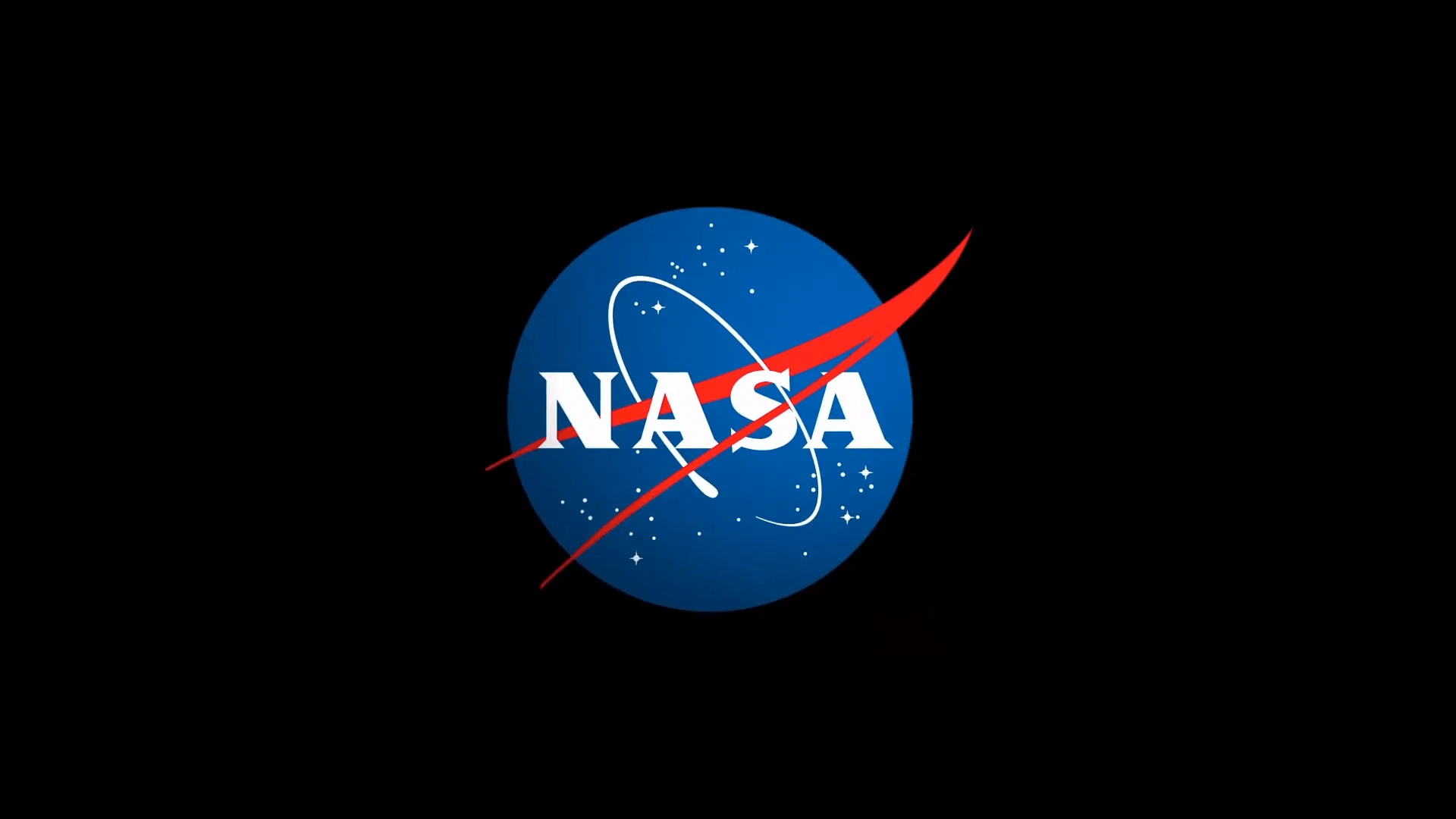NASA Seeks Industry Feedback on Fission Surface Power
- NASA is seeking industry feedback on its Fission Surface Power system, which aims to provide power for lunar exploration and future human missions to Mars.
- The system would use a nuclear reactor to generate at least 100 kilowatts of electrical power, with a mass allocation of less than 15 metric tons.
- NASA is building on its previous work in fission surface power, which includes awarding contracts for concept development and using nuclear power sources in spacecraft and rovers.
- The Fission Surface Power effort aims to provide a continuous power supply regardless of location, making it an effective solution for lunar missions where sunlight cannot reach.
- Responses to the Request for Information are due by August 21, and could be used to finalize a potential opportunity later this year, with funding provided by NASA’s Exploration Systems Development Mission Directorate Moon to Mars Program.
As part of the agency’s initiative to return humanity to the Moon and eventually send the first astronaut – an American – to Mars, NASA is surveying industry for interest and feedback on a fission surface power system, through a Request for Information issued Thursday.
Earlier this month, NASA declared its intent to put a nuclear reactor on the Moon by the mid-2030s to support lunar exploration, provide power generation on Mars, and strengthen national security in space.
“Today’s call for industry input is an important step toward engaging the commercial space industry in powering the lunar economy and enabling future human exploration on Mars,” said Steve Sinacore, Fission Surface Power program executive at NASA’s Glenn Research Center in Cleveland. “Developing a safe, reliable, and efficient power supply is key to unlocking the future of human space exploration and ensuring America retains its dominance in space.”
Building on its previous work, NASA will work with industry to design a fission surface power system that would provide at least 100 kilowatts of electrical power, have a mass allocation of less than 15 metric tons, and use a closed Brayton cycle power conversion system, which converts heat to electricity.
NASA’s new Fission Surface Power effort builds on more than 60 years of agency experience in exploration technology. In 2022, NASA awarded three contracts for fission surface power system concepts for the Moon. In addition, NASA has used nuclear power sources in spacecraft and rovers over the years.
The size, weight, and power capability of fission systems make them an effective continuous power supply regardless of location. Additionally, a nuclear reactor could be placed in lunar regions where sunlight cannot reach and could sustain nights on the Moon which can last more than 14 Earth days near the poles.
Nuclear power is a key element for NASA’s Artemis missions and supporting a robust lunar economy. The Request for Information invites innovators to contribute to this effort, allowing NASA to access industry expertise and bolstering American ingenuity.
Responses to the Request for Information are due Thursday, Aug. 21, and could be used to finalize a potential opportunity later this year.
The Fission Surface Power effort is managed through NASA Glenn. The power system development is funded by the agency’s Exploration Systems Development Mission Directorate Moon to Mars Program.

